Travel
Travel review: Gifu and Ishikawa Prefectures, Japan
by Helen Moat

Harmony and a need to create balance in all things – whether they’re to be worn, eaten or lived in – is at the heart of Japanese living, as Helen Moat discovers on a trip to Gifu and Ishikawa Prefectures
The door slides open to my bedroom at Suimeikan in Gero Onsen, Gifu Prefecture. Onsen in Japanese means hot spring, but this is a spa hotel unlike any I’ve experienced in Europe. I gaze around my washitsu room and take in the tatami flooring, low table, legless chair and raised platform with its simple flower arrangement. The washi paper screen diffuses the light and the room is filled with harmonious neutral colours. It’s restful and peaceful, but something’s not right – this is a bedroom without a bed.
A housekeeper arrives to enlighten me. The bed is in the oshiire, a closet storing my futon, duvet and pillow, all made up and ready to be placed in the centre of the room. I breathe out – I don’t need to kip down on the rough woven mats. The housekeeper, dressed in a kimono, bows, makes a welcome speech, kneels on the floor with the tray by the low table and pours my green tea. She shows me my evening attire for dinner. ‘A bathrobe?’ I ask puzzled. ‘It’s a light cotton kimono called a yukata,’ she gently tells me. She points to the slippers I should wear to dinner.

There are also separate slippers for the balcony and bathroom. It’s all very confusing – along with the rules of the onsen – but I’m falling in love with the otherness of Japan. ‘Why do people wear a bathrobe for dinner?’ I ask Naoko, the interpreter, in our private dining room. ‘Well, no one wants to get back into their day clothes after relaxing in the spa,’ she replies. Of course, I think. It makes perfect sense.
I love the wa of Japanese culture. Wa means Japanese-style, but it also means harmony. For the people of this country they’re one and the same. I see it in the decor of my room and now in the meal we are eating: a rainbow of colours and flavours. It embodies the Japanese philosophy of ‘balance of all things in and around us’. It means living in harmony with nature and eating food that’s local and seasonal.
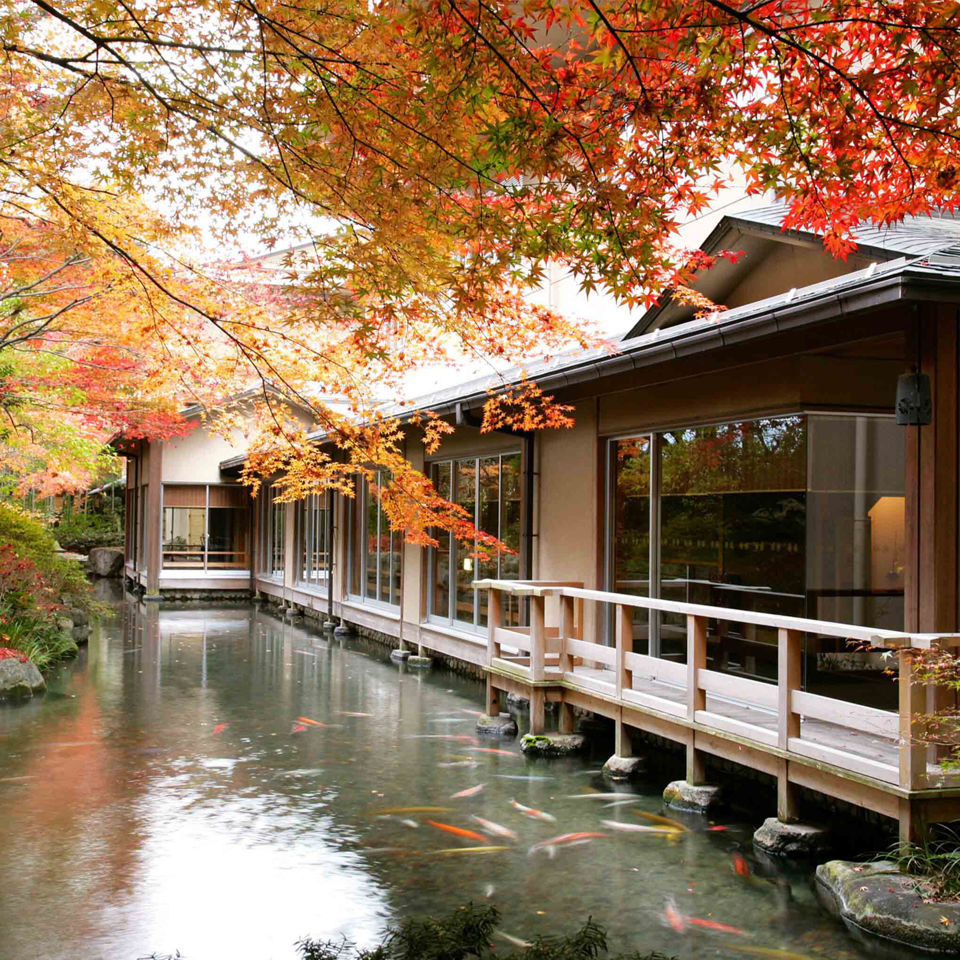
From the city of Gero, known for its hot springs and traditional ryokan inns, our group travels deeper into the mountains to Shirakawa-go, a Unesco world heritage site. This otherworldly settlement sits in high forested mountains, and has only recently been made easily accessible by the state-of-the-art Hida Tunnel. The clusters of old farmhouses have steeply pitched thatched roofs that almost extend to the ground.
‘They’re called gassho-style houses,’ Naoko explains. ‘Gassho is the Japanese gesture of putting your hands together in front of your chest in prayer or gratitude. If you look at the sides of the thatch, they look like hands coming together.’ In this isolated valley, where winter snows pile high, the villagers have always worked together in harmony to re-thatch the houses or farm the land in inhospitable terrain. It’s wa in action.

Next, it’s on to Kanazawa, a chilled city in Ishikawa Prefecture that edges the Sea of Japan. Women float around its Kenrokuen Garden in brightly patterned kimonos, posing for selfies in front of water features, and the conifers are covered in wigwam- shaped poles and ropes to protect them from the oncoming winter snows. We cross the road to Gyokusen’an Rest House, where the ceiling-to-floor picture window looks out to Kanazawa Castle Park – its curved wooden bridge and blazing autumn colour are perfectly reflected in the pond.
We’re here for a tea ceremony, which is not so much about having a cuppa; more a spiritual experience. The ritual of being served and drinking the powdery matcha green tea draws me into a zen-like state of wellbeing and mindfulness. I return to my hotel, the Hyatt Centric Kanazawa, feeling at peace with the world.
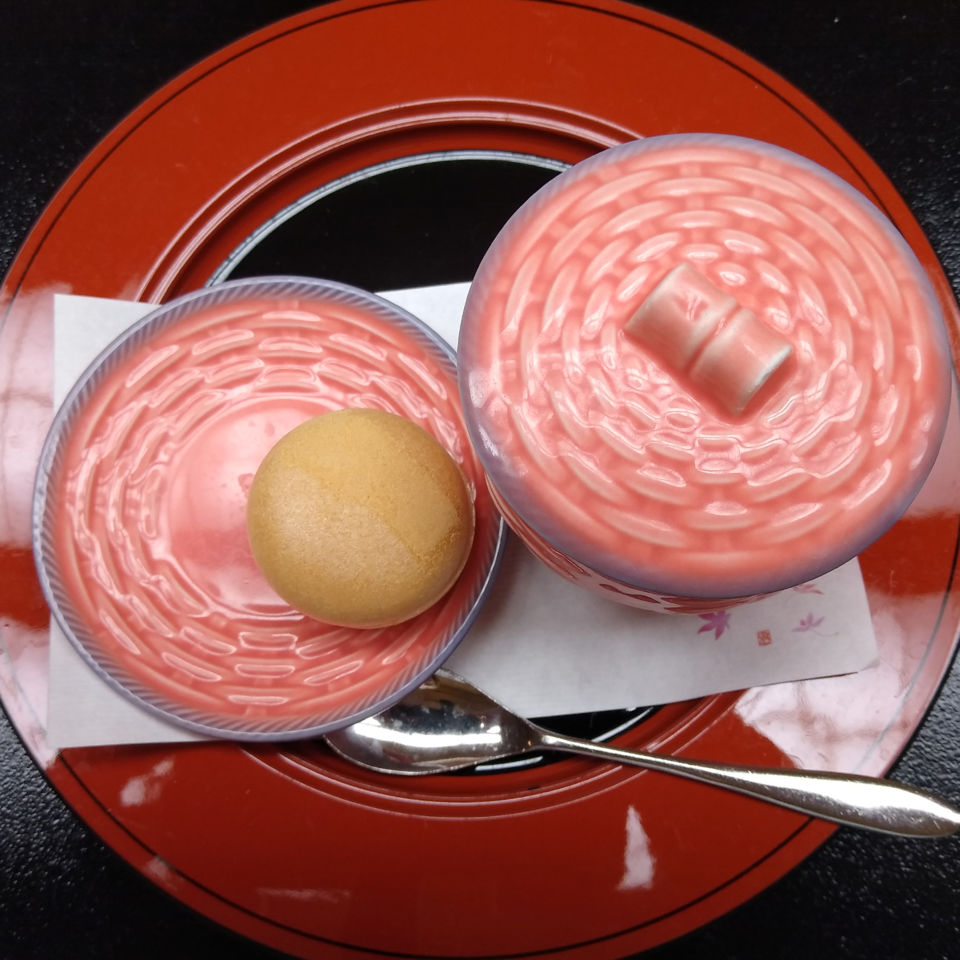
I’m equally enthralled by our evening spent in the company of two geisha entertainers at Kanazawa House. We listen to their song about the seasons and try to master the shime-daiko drum. We eat sushi that tastes of the sea, and delicately prepared fruit and vegetables, all beautifully presented in the little compartments of a polished lacquer-ware box. Our hosts constantly fill up our glasses with sake and engage us in conversation. The evening spent in the rickety but elegant old merchant house is unhurried and amiable.
The sea calls us and we make our way to Notojima Island, where Hajime of Noto Note Tours is ready with turquoise bicycles the colour of the ocean. We cycle along a shoreline-hugging coast road, between forested hills and yellow rice fields, and look out to where conifers soar from a rocky island in Nanao-Kita Bay.
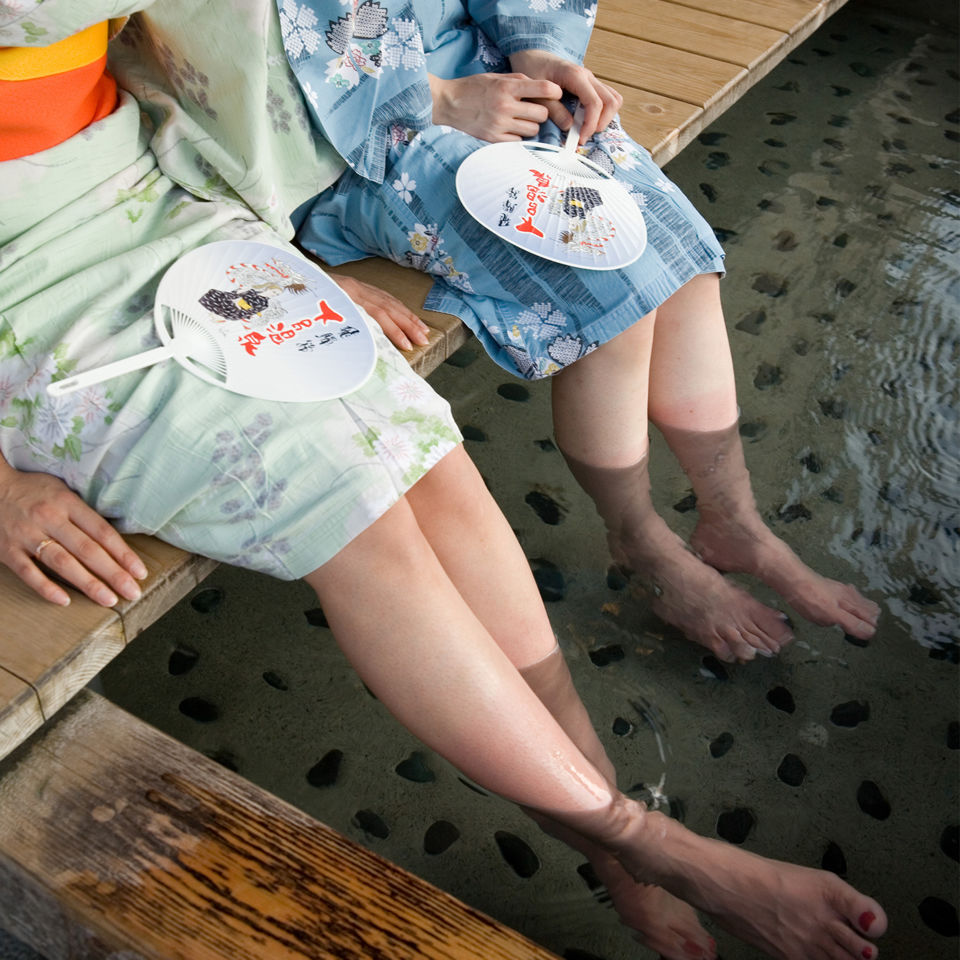
Hajime shows us a store stacked with floats for a forthcoming festival. ‘The whole community comes together to create the floats and plan the event,’ he tells us. ‘We clear branches in the forest so that light can reach the mushrooms we gather at the end of summer.’ He shows us a picture of a raised tree trunk surrounded by the cleared branches, which will be burned as part of the festivities.
We cycle along the northern tip of the island to a fishing village and on to a salt-making hut by the sea. Hajime pours us hot plum juice, made with fruit he’s picked in the hills with his son. ‘You have to do several jobs on the island to make a living,’ he says. ‘But I don’t regret leaving the city; I love living here in harmony with nature.’
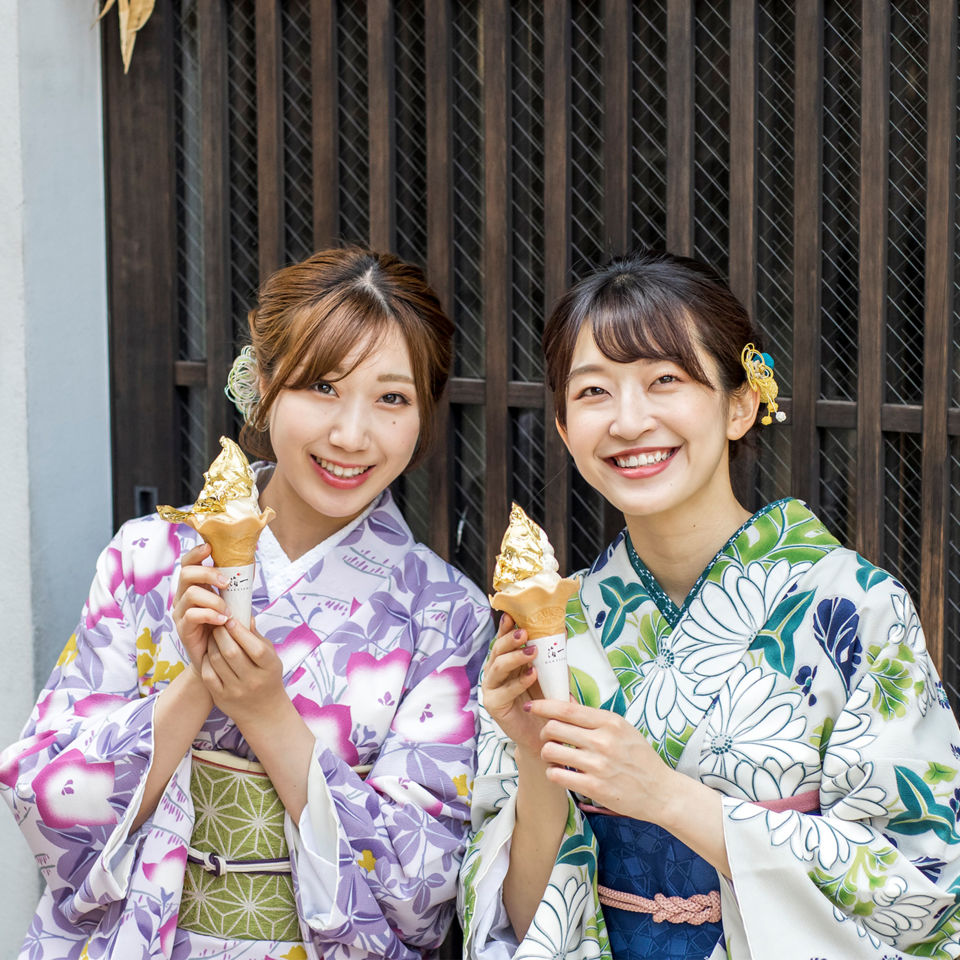
That night, we arrive at Flatt’s on Noto Peninsula, a traditional inn run by an Australian chef and his Japanese wife. After soaking – and relaxing – in my private onsen, I head for the dining room to enjoy a plethora of dishes, a fusion of Italian and Japanese cuisine, which are beautifully presented in pretty bowls.
There are foraged wild herbs, locally grown vegetables, noodles, bread fresh from the oven and fish straight from the bay. In the morning I slide open the washi screen and outside my window I see the lawn – dotted with flaming maples – drop down to the glassy water.
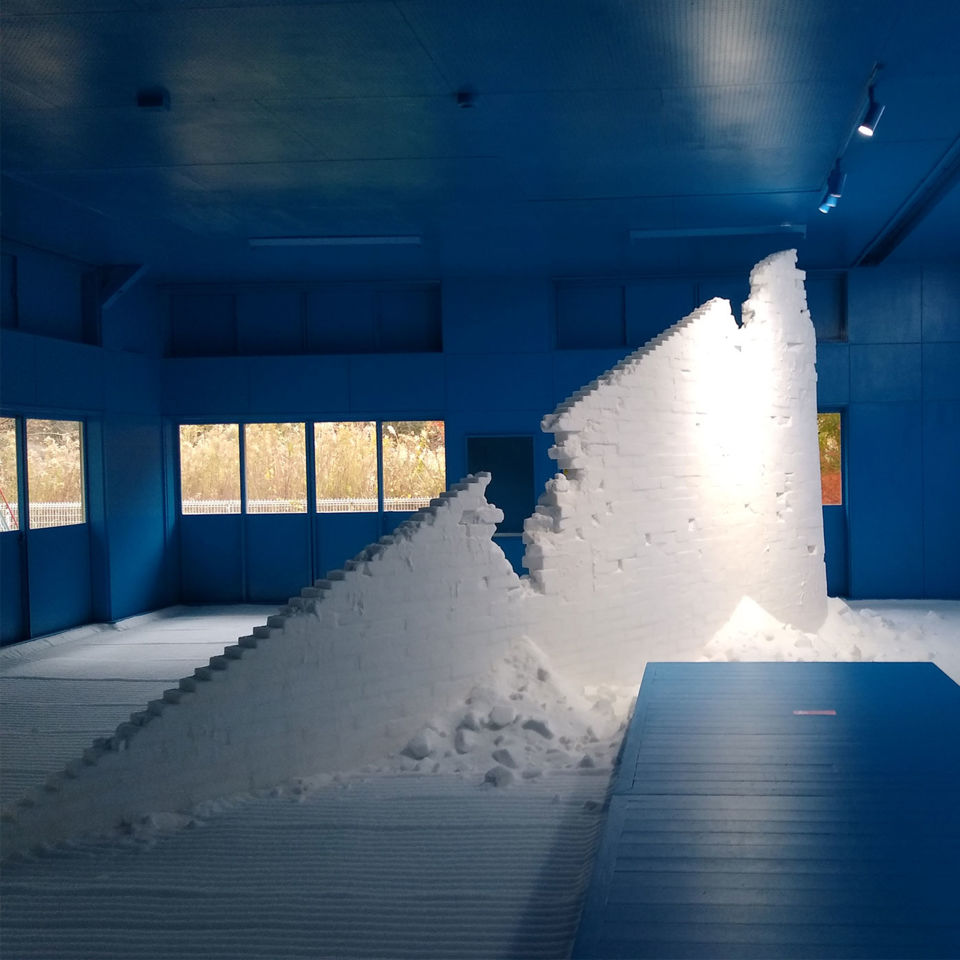
Before we head home, I visit Suzu Theater Museum. It’s an atmospheric place, filled with the paraphernalia of Noto’s past. The light show with its specially commissioned music and ocean soundscapes is magical, and I am mesmerised by the ethereal, almost ghostly experience of watching it. The Japanese live in harmony with nature, celebrating the fleeting beauty of the seasons and all life.
In the city of Suzu, where abandoned buildings are used to display installation art, the Path of Memories – maze-like patterns made from salt – demonstrates this perfectly. Noto, I’m finding, is a place of gentle beauty, tranquillity and harmonious living, as I’ve found across Gifu and Ishikawa Prefecture. I want to stay but my flight back to Tokyo is waiting.
How to book
Recreate the wa experience in Gifu and Ishikawa Prefectures with a tailor-made trip courtesy of Inside Japan (insidejapan tours.com) or organise it yourself. Return flights from Heathrow to Tokyo with British Airways (britishairways.com) start from around £800. Suimeikan (suimeikan.co.jp) in Gero Onsen offers doubles from £105. Gassho homestay accommodation is available from the Shirakawa-go Tourist Association (shira kawa-go.gr.jp), from £50. Hyatt Centric Kanazawa (hyatt.com) has rooms from £78.












